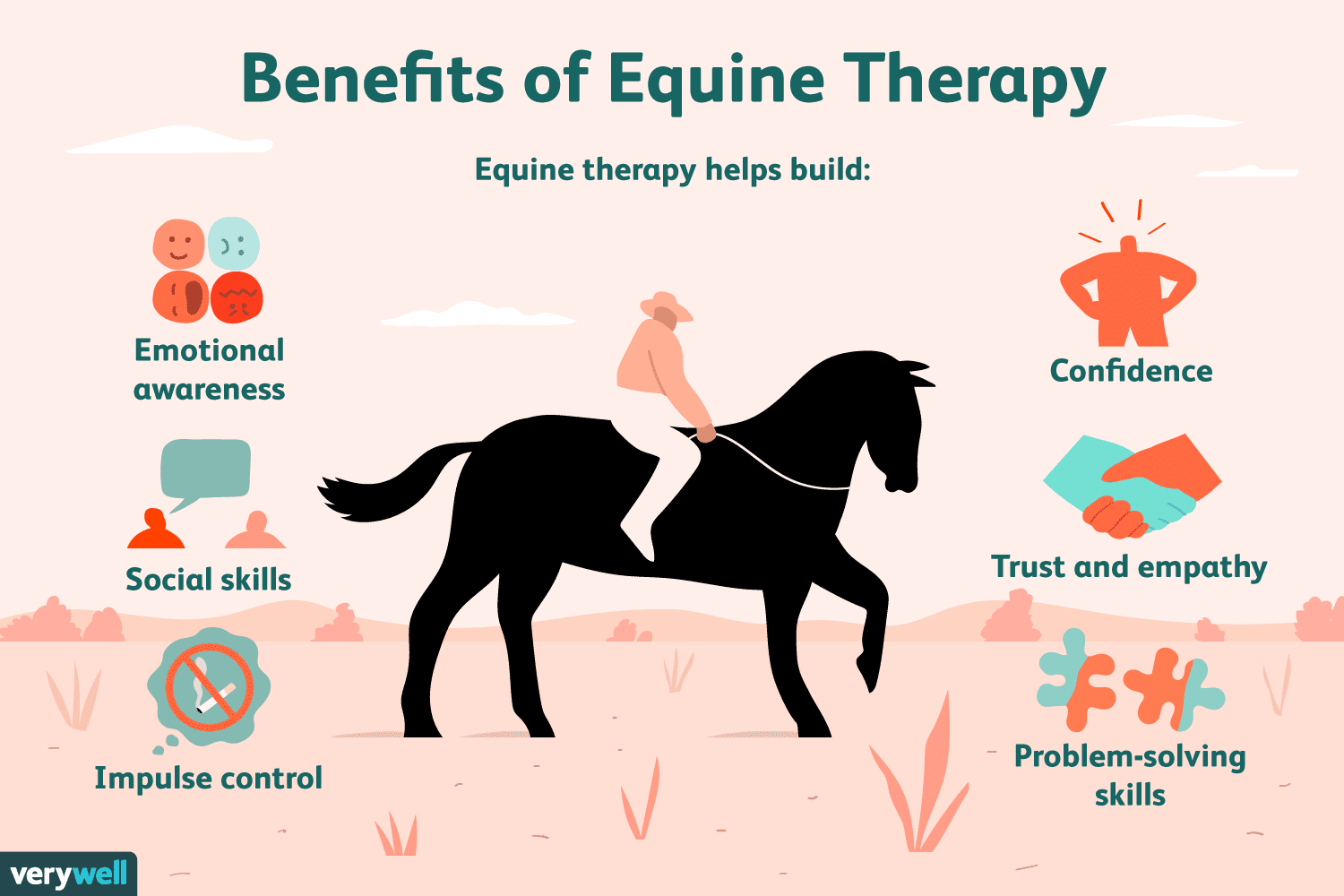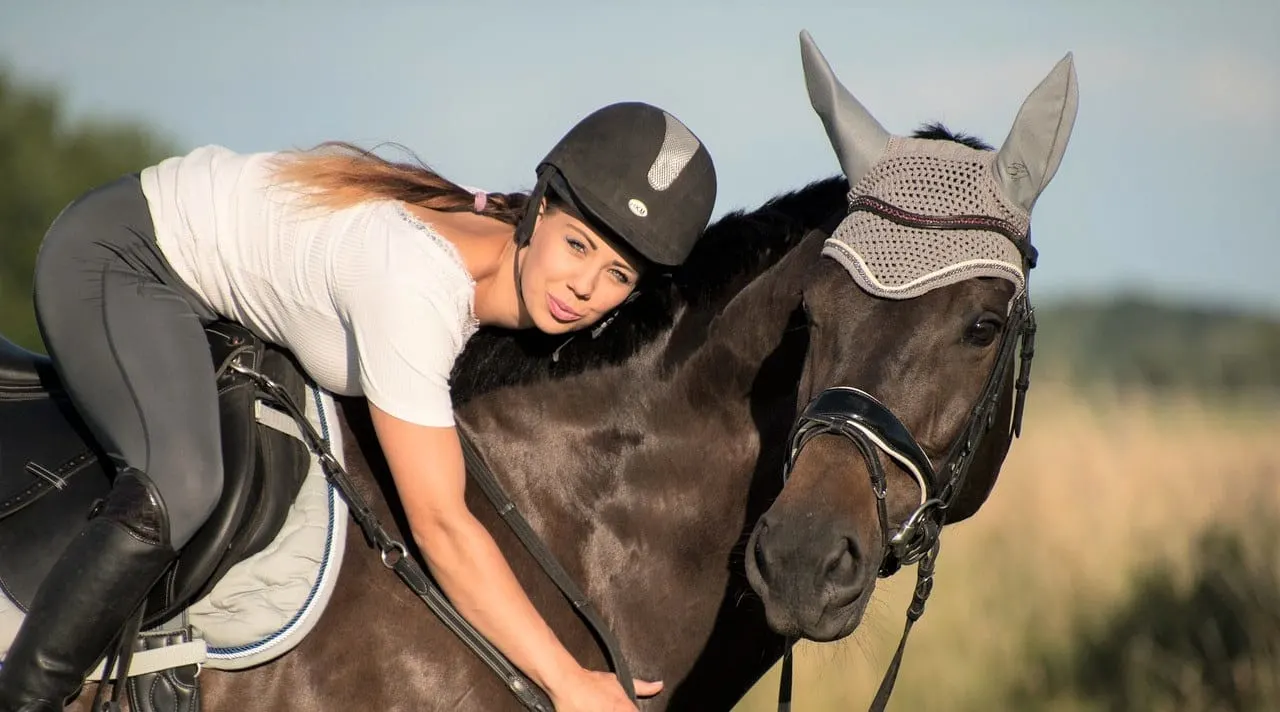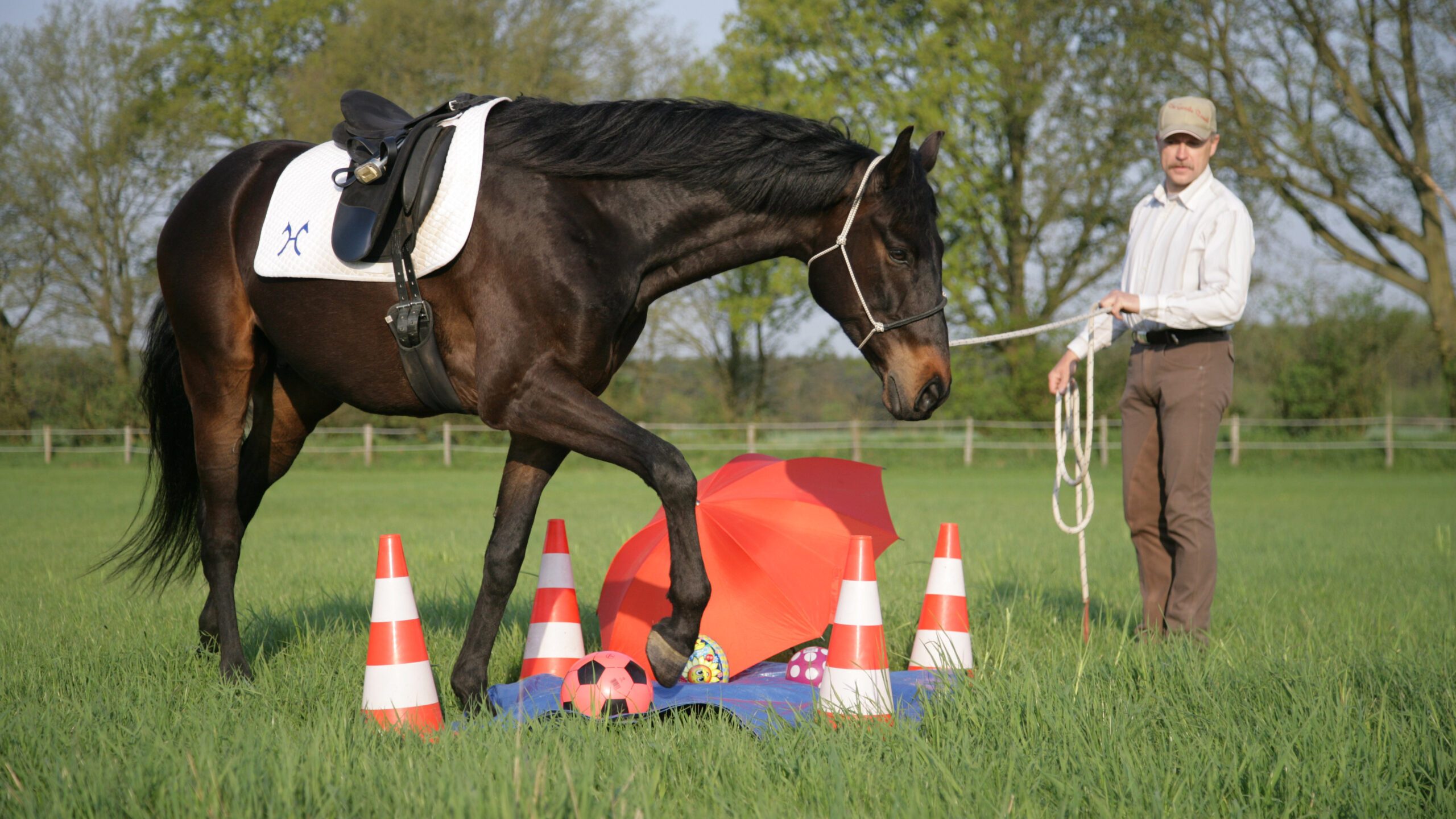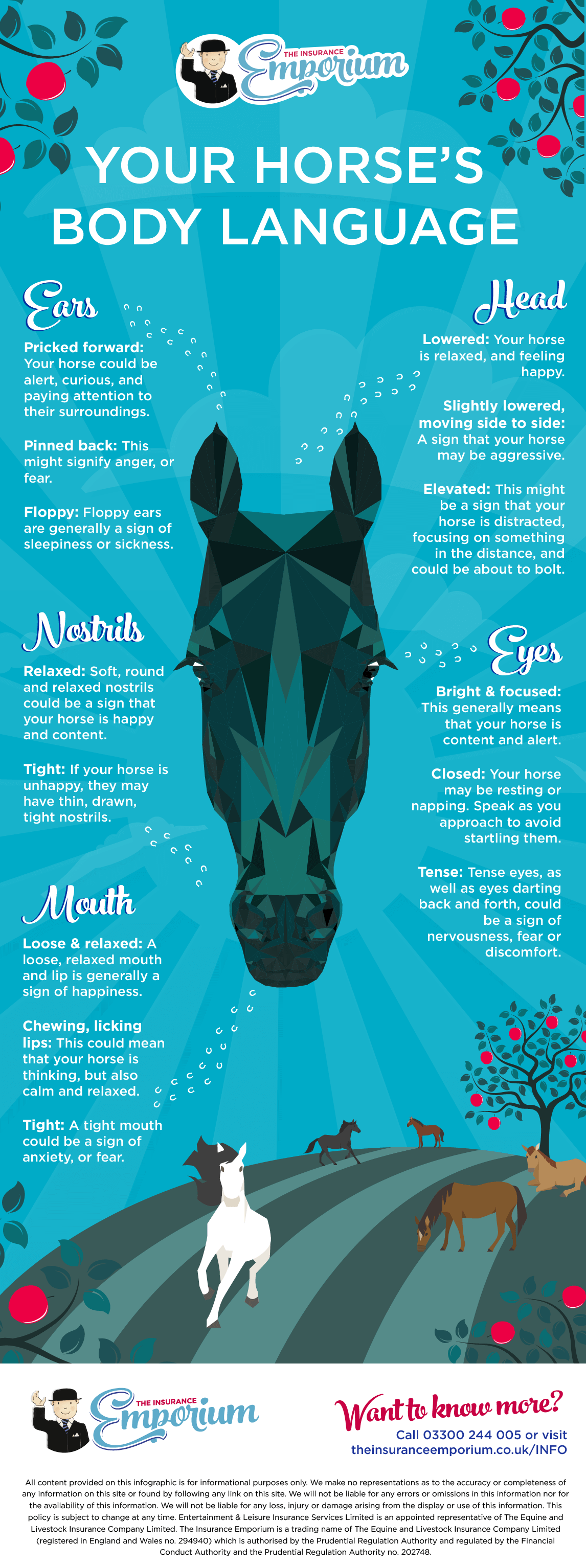Gaining the trust of a horse is a crucial aspect of horsemanship. Building a strong bond with your equine companion not only enhances the overall experience of working with horses but also ensures a safer and more cooperative partnership. Horses, being prey animals, are naturally cautious and wary of potential threats. Therefore, earning their trust requires time, patience, and understanding. In this article, we will explore effective strategies and techniques to help you establish a trusting relationship with your horse.
Understanding Horse Behavior

Before delving into the specifics of gaining a horse’s trust, it’s essential to have a basic understanding of equine behavior. Horses are highly social animals with a well-defined hierarchical structure within their herds. They communicate primarily through body language, and their responses are often rooted in instinctual survival mechanisms. By recognizing and interpreting their signals, you can better comprehend their reactions and tailor your approach to build a trusting relationship.
Body Language
Horses convey a wealth of information through their body language. They use their ears, eyes, posture, and movements to express their emotions and intentions. For instance, a relaxed and attentive horse will often have its ears pricked forward, while a tense or anxious horse may pin its ears back. Understanding these subtle cues is vital in establishing trust, as it allows you to gauge your horse’s state of mind and respond accordingly.
Establishing Leadership
In the equine world, trust is closely linked to leadership. Horses instinctively seek a strong and reliable leader within their herd to provide guidance and security. As the handler, it’s crucial to assume the role of a confident and consistent leader to earn your horse’s trust. This doesn’t mean dominating or intimidating the horse, but rather demonstrating assertiveness and clear communication to establish a sense of security and direction.
Building Trust Through Groundwork

Groundwork serves as the foundation for developing a trusting relationship with your horse. These exercises not only help to establish your leadership but also foster communication, respect, and trust. By engaging in purposeful and structured activities on the ground, you lay the groundwork for a harmonious partnership with your horse.
Leading and Respect Exercises
Leading exercises, such as teaching the horse to walk, halt, and back up on command, are fundamental in establishing mutual respect and trust. Consistent and clear communication during these exercises reinforces the horse’s trust in your guidance and authority. Additionally, practicing respect exercises, such as yielding the horse’s hindquarters or forequarters, reinforces your leadership position and encourages the horse to trust your cues and commands.
Desensitization and Confidence Building
Desensitization exercises are invaluable in building trust and confidence in your horse. Introducing the horse to various stimuli, such as unfamiliar objects, sounds, or movements, in a controlled and positive manner helps desensitize them to potential sources of fear or anxiety. Gradually exposing the horse to new experiences and environments allows them to develop trust in your ability to keep them safe and secure in unfamiliar situations.
Establishing Trust Under Saddle

Once a solid foundation of trust has been established on the ground, it’s time to transfer that trust to the saddle. Riding is a significant test of the bond between horse and rider, and it’s essential to approach this transition with patience and sensitivity.
Consistency and Clear Communication
Consistency in your aids and cues is paramount when riding to build trust. Horses thrive on clear and predictable signals, and inconsistency can lead to confusion and distrust. By providing consistent and clear communication through your seat, legs, and hands, you reinforce trust in your guidance and leadership, creating a harmonious riding experience for both you and your horse.
Building Confidence Through Positive Experiences
Creating positive riding experiences is key to building trust under saddle. Gradually exposing the horse to new environments, obstacles, and challenges while maintaining a calm and supportive demeanor helps instill confidence and trust in your partnership. By reinforcing positive experiences and addressing challenges in a patient and encouraging manner, you cultivate a relationship built on trust and mutual respect.
Developing a Personal Connection

Beyond groundwork and riding, developing a personal connection with your horse is essential in fostering trust and rapport. Spending quality time with your horse, engaging in grooming, bonding activities, and simply being present in their company strengthens the emotional bond between you and your equine partner.
Understanding Your Horse’s Preferences
Every horse has its own unique personality, preferences, and communication style. By taking the time to understand your horse’s individual traits, likes, and dislikes, you can tailor your interactions to suit their comfort and build trust based on mutual understanding and respect.
Patience and Empathy
Patience and empathy are virtues that go a long way in gaining a horse’s trust. Understanding that each horse learns and responds at its own pace and being empathetic to their needs and emotions fosters a deep sense of trust and security. By approaching interactions with patience and empathy, you demonstrate your commitment to understanding and supporting your horse, strengthening the bond of trust between you.
Respecting Boundaries and Building Trust

Respecting your horse’s boundaries is crucial in earning their trust. Understanding and honoring their personal space and comfort zones demonstrates respect and consideration, laying the groundwork for a trusting and respectful relationship.
Observation and Sensitivity
Developing a keen sense of observation and sensitivity to your horse’s body language and cues is essential in respecting their boundaries. Recognizing signs of discomfort, stress, or resistance allows you to adjust your approach and interactions to align with your horse’s comfort level, reinforcing their trust in your consideration and understanding.
Consistency and Reliability
Consistency and reliability in your interactions with your horse are fundamental in building trust. By consistently respecting their boundaries and responding to their cues in a reliable and predictable manner, you establish a sense of security and trust in the relationship. This reliability fosters a deep bond built on mutual respect and understanding.
Looking to build trust with your horse? Check out our articles on how to bond with your horse, how to make a horse patience pole, and how to get a horse for valuable tips and insights into strengthening the bond with your equine companion!
Conclusion

Gaining a horse’s trust is a multifaceted process that requires patience, understanding, and consistent effort. By recognizing and respecting the horse’s natural behavior, establishing leadership through groundwork, and nurturing a personal connection, you can build a strong foundation of trust and mutual respect. Through clear communication, empathy, and a genuine commitment to understanding your horse, you can forge a deep and meaningful bond that transcends mere partnership, creating a relationship built on trust, harmony, and mutual understanding.



